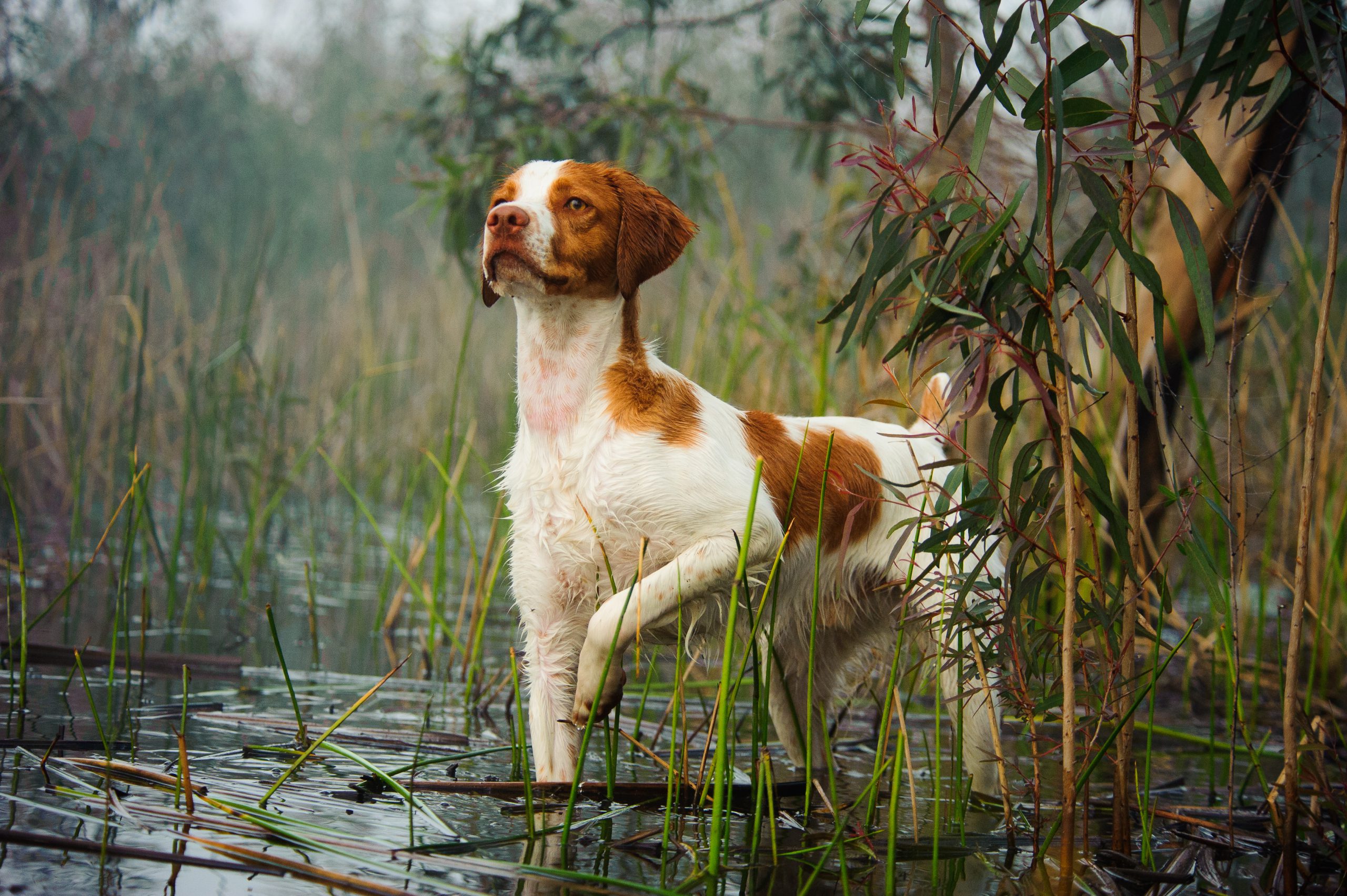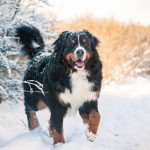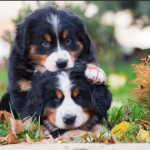
Introducing the newest researcher for canine genetic diversity: Dr. Felipe Avila
Dr. Niels Pedersen has led a long and distinguished career in the genetic study of domesticated species. Few could compare to his depth of study and expertise on the subject. But, he has long been a professor emertis at UC Davis and has earned his retirement. As such, someone must take his place and we are here to introduce you to Dr. Felipe Avila!

Dr. Felipe Avila earned his Bachelor of Science in Biology in 2005 from the University of Brasilia (Brazil), then went on to complete his Ph. D. in Biomedical Sciences from Texas A&M in 2014. He then went on as a postdoctoral fellow at the Equine Genetics and Genomics Laboratory at the University of Minnesota (2014-2018) and finally a postdoctoral researcher for UC Davis’ Veterinary Genetics Laboratory (2018-2019). Currently, he works as a Research Geneticist at the UC Davis Veterinary Genetics Laboratory. He has worked with many species and was kind enough to agree to a blog interview to introduce him to the breeders his research will benefit. Read on to learn more about Dr. Avila!
What species have you studied?
Throughout my career as an animal geneticist, I have been fortunate to study several production and companion animal species such as cattle, pigs, sheep, horses, alpacas, llamas, cats and dogs.
What’s your favorite?
I don’t have a favorite species, they are all fascinating to me. However, my efforts have been focused mostly on genetic traits of horses and camelids.
What’s your most exciting area of inquiry?
I am excited about investigating genetic mechanisms underlying diseases and phenotypic traits in different animal species. My goal is to translate scientific knowledge into genetic tests that will assist breeders and owners in making informed mating decisions and implementing better management practices.
Does what you learn in one species translate into other species?
Absolutely! Animal geneticists have been increasingly focused on generating knowledge and developing research tools that can be applied across species. Recently, this has been facilitated by the advent of genomic technologies that allow us to leverage animal species such as dogs and horses as biomedical models to investigate human diseases.
What do you think we are learning from this multi-breed study about man’s best friend?
First of all, I am honored to be working on the Canine Genetic Diversity Test developed here at the VGL. This test enables dog breeders and breed associations to monitor genetic diversity in different populations, and to use this tool as a supplement to pedigree analysis. Knowledge obtained from this study constitutes a powerful resource to aid dog breeders in making informed mating and management decisions, with the ultimate goal of increasing diversity and maintaining the genetic health of their favorite breed.
Has anything surprised you about these studies in each individual breed or among breeds?
I find it fascinating to observe how selective breeding for different phenotypic traits has impacted genetic diversity in various dog breeds. For example, breeds selected for conformation are, in general, more inbred than those selected for performance. This is because of historical selection for more ‘extreme’ morphological phenotypes, and the influence of popular individuals or bloodlines in conformation breeds — which can lead to decreased genetic diversity. It is worth mentioning that low levels of genetic diversity are not inherently bad for the overall fitness of a breed, as long as breeders make informed mating decisions to avoid further loss or imbalance in diversity and eliminate potentially deleterious genetic traits.
Additionally, it is encouraging to see that breeders’ efforts to increase genetic diversity in their favorite breed is being reflected on the microsatellite data. This not only shows the efficacy of the method we use to assess diversity, but also the importance of using these studies as tools for responsible breed management.
In particular, why are you interested in getting involved with research into canine diversity of purebred dog breeds?
I have owned and bred several dogs of different breeds throughout my life, including Dobermans, Labrador Retrievers, and Great Danes. The newest member of my family is a 9-month-old female Brittany Spaniel called Ladybird. So I know firsthand how important this study is for the responsible management of purebred dog breeds. I am proud of the research we do at the VGL because our goal is to provide breeders with tools and resources to maintain the genetic health of their breed, which include genetic testing for phenotypic traits and inherited diseases, in addition to the canine diversity test. So when I was invited to be part of the canine diversity research team, I was excited about the possibility of generating important knowledge and educational resources for fellow dog breeders.
How does having having owned dogs inform your thinking about researching using DNA for diagnostics and genetic diversity?
I believe that my experience as a dog owner allows me to have a unique perspective when conducting this type of research. I am always cognitive about what aspects of our data would be the most interesting for dog breeders, and how to better convey our results in a way that breeders can understand and apply them to their breeding programs.
Hundreds of conservation genetics studies are done around the world every year in a multitude of species using microsatellites – yet dog breeders get mixed messages about this method. Can you talk about the strengths and weaknesses of this method in terms of practical applications for dog breeders?
Microsatellites have been used to assess genetic diversity in a multitude of species since the 1980s because they have proven to be robust, reliable and cost-effective. Due to their abundance, highly polymorphic nature, and pattern of inheritance, microsatellites allow us to confidently measure several genetic diversity parameters using just a dozen or so regions of the genome. With the advent of high-throughput sequencing techniques, we now have the ability to identify single nucleotide polymorphisms (SNPs) across the entire genome that can be used to investigate genetic diversity in different species. However, practical applications of this approach are still hindered by several factors including its high cost compared to microsatellites, and the need to use thousands of SNPs (as opposed to dozens of microsatellites) to reliably measure genetic diversity.
Thank you to Dr. Felipe Avila for being willing to be introduced to the breeding community! We look for to future research with you!
 Previous Post
Previous Post Next Post
Next Post


